Photographing The Forgotten South
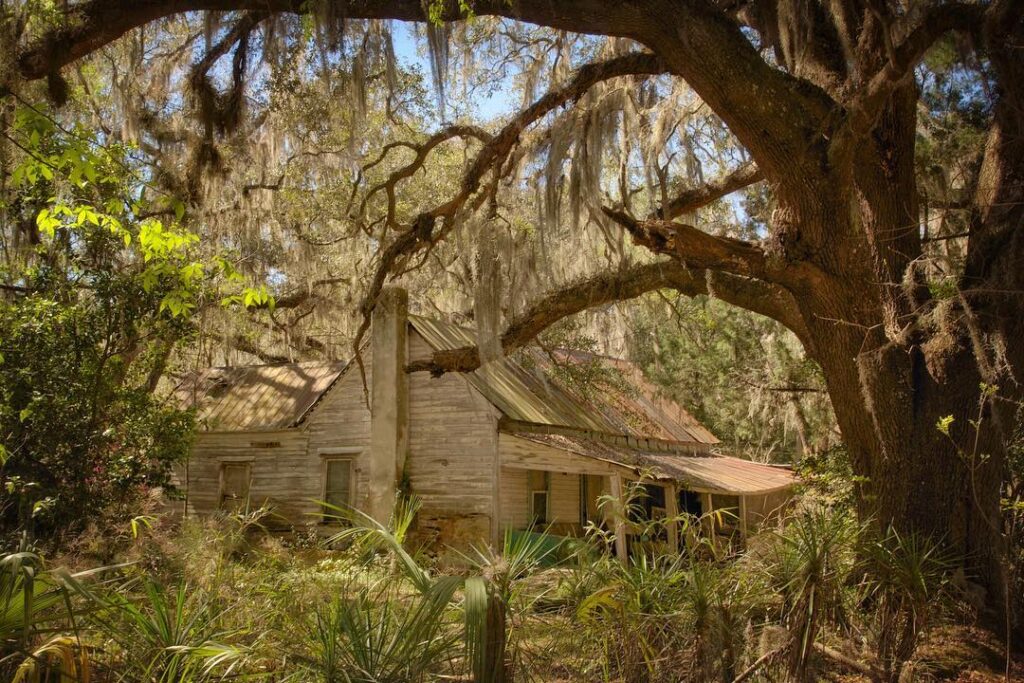
By Michael Maynor
Kelly Gomez was at a turning point in her life. She had been dealt a hand of cards, through no fault of her own, that derailed all of her plans. Overnight, things changed. She needed something that would offer a temporary break from reality. An internet search would be the first step down a path that leads to The Forgotten South. Kelly shares with Feathers & Whiskey the details of her mission to preserve the abandoned architecture across the South.

Kelly, can you share the mission and purpose of your project The Forgotten South?
The mission of the TFS is to document and preserve through photography the disappearing architecture across the South.
Why Architecture Photography?
I have always been a ‘history nerd’, announcing at age nine that I intended to spend my life studying the Titanic wreck, but that that didn’t pan out. Instead, I studied History at the University of Florida in the early 2000’s, specializing in WWII European History. I had a chance to spend some time living in Europe around 1999 and one of the highlights was being able to go below Paris and explore some tombs. In 2010, I had been dabbling in various areas of photography, but nothing stuck. So, I thought back to my time exploring in Pairs and decided to examine the old architecture surrounding me. While I was not expecting much, a quick internet search proved me wrong. The first place I went was an old school not far from my home in Florida. It sat off the road and was framed in Spanish moss, was two stories tall, and as soon as I photographed the school, that was it. I left there with a new purpose. I might not be able to buy and save all these old places, but I could use photography to capture and document them.
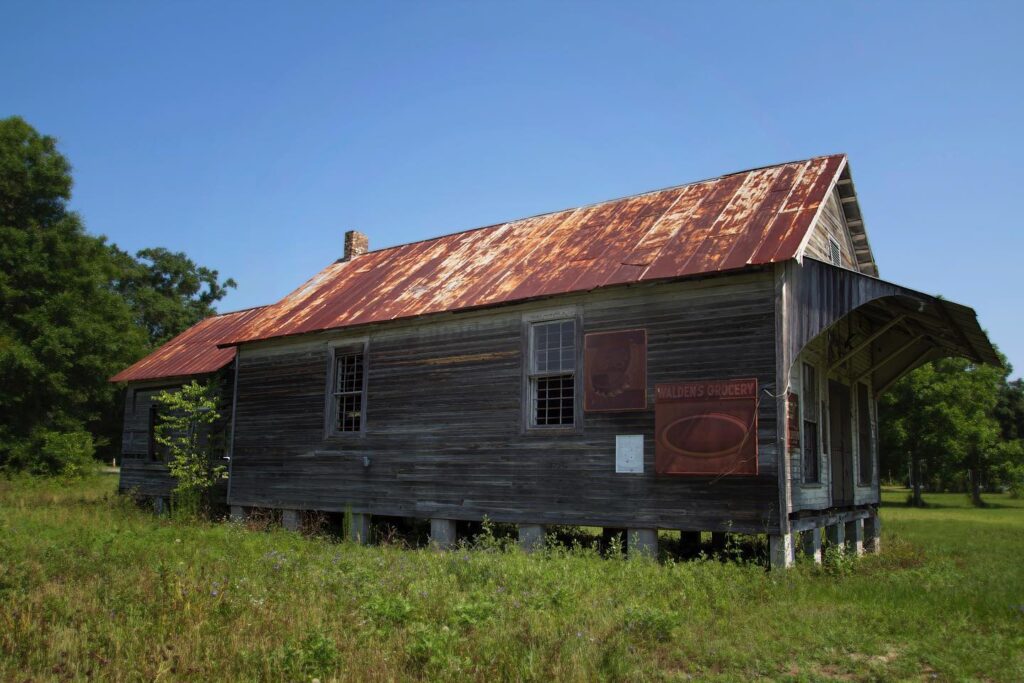
So after the school did you focus strictly on rural architecture?
No. I was doing more urban exploration. I photographed a lot of urban architecture, but I found that the urban buildings weren’t as charming. The graffiti and trash everywhere detracts from the experience for me. The first time I got to tour an abandoned farmhouse out in the middle of nowhere, I was hooked because it felt like I was the first visitor since the owners had left. Now I specifically focus on historic rural architecture and life from the early 1800s-1930s across the American South, though I have been known to wander outside the South from time to time.
The South is dotted with abandoned architecture. Do you have a favorite that you are most drawn to photograph?
I am really passionate about old farmhouses. Regardless of the size, I mean really any building I can get inside of is a favorite of mine, but to be specific it is old farmhouses. If I can get them where I can frame the shot with big fluffy clouds that is my kinda place and second would be old cars. There is something about a rusted vehicle on the side of the road.

How do you approach each structure that you photograph?
I spend hours upon hours researching historic sites before I go out into the field to photograph them. I will often go for an initial visit to get a feel for the property and see if I can track down its owners before I return again. In some cases, I’ve visited a site 8 or 9 times before I was able to find the owner to give me permission to document it fully.
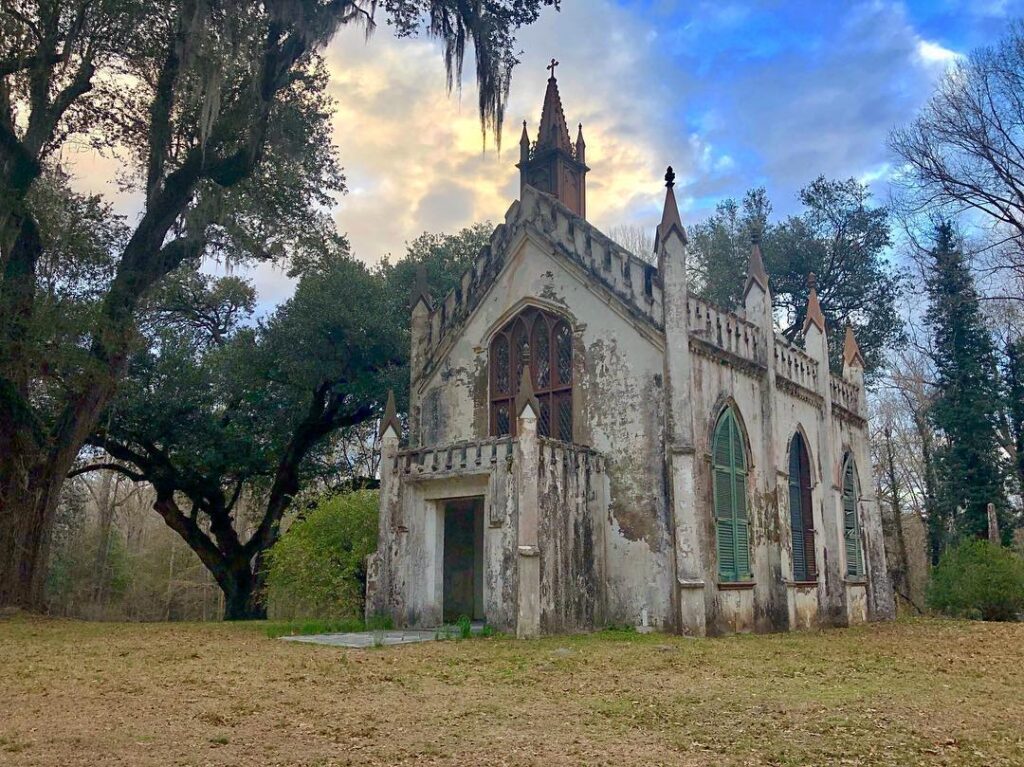
I have to ask when touring all these abandoned places have you had any incident that you felt was paranormal in nature?
With all due respect, I am not a believer in the paranormal. Lots of ‘weird’ things happen in abandoned buildings (noises, things falling, etc.) and I can always attribute it to a critter I’ve startled.
Have you found anything that shocked or surprised you, left by previous owners, or maybe others that have visited the spot before you?
I think the most shocking things I’ve come across were a handful of homes that were still filled with furniture, clothes, items from everyday life, etc. In one case, there were dirty dishes in the sink still. At another house, I found a box of handwritten letters between family and photos from the 1890-1930s that were collecting cobwebs under a bed in an abandoned home. As far as what other visitors leave behind, in most cases, its unfortunately graffiti or vandalism.
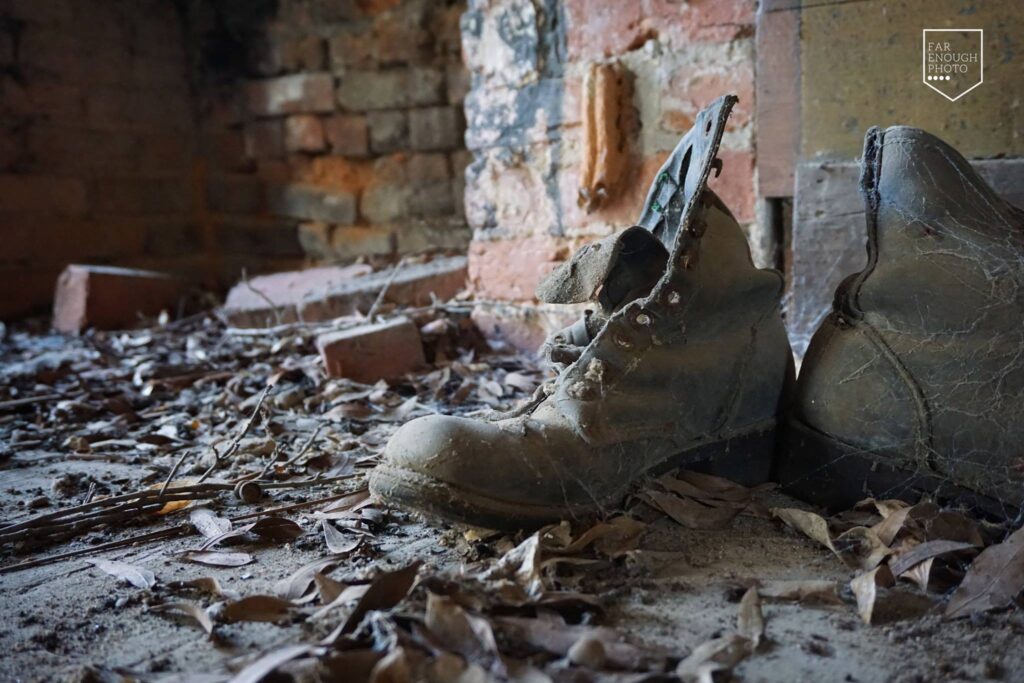
Why do you think it's important to save these old structures through photography and documentation?
They provide context to help us understand the times and people who came before us. To stand before a 200 year old home, it gives perspective on building materials, construction methods, sensibilities, family life, and what was important to people back then. But just as important as the glimpse into the past, I feel that these historic structures add character and value to modern landscapes that cookie-cutter subdivisions and modern construction just doesn’t have.
Finally, could you share information about the online course you offer, Chasing Tin, and how readers can support your project?
Chasing Tin is an online workshop I created to help others find historic architecture using the research methods that have helped me find close to 1,000 historic sites to photograph and document. After years of questions from followers about how I find these places, I really wanted to create a resources for others to discover the history in their own backyards. More information about the course and sign-up can be found at Chasing Tin.
People can support the project by joining the Forgotten South Society All donations contribute to preserving the history of the Old South through research, photography, cemetery clean-ups, educational videos, and writing.
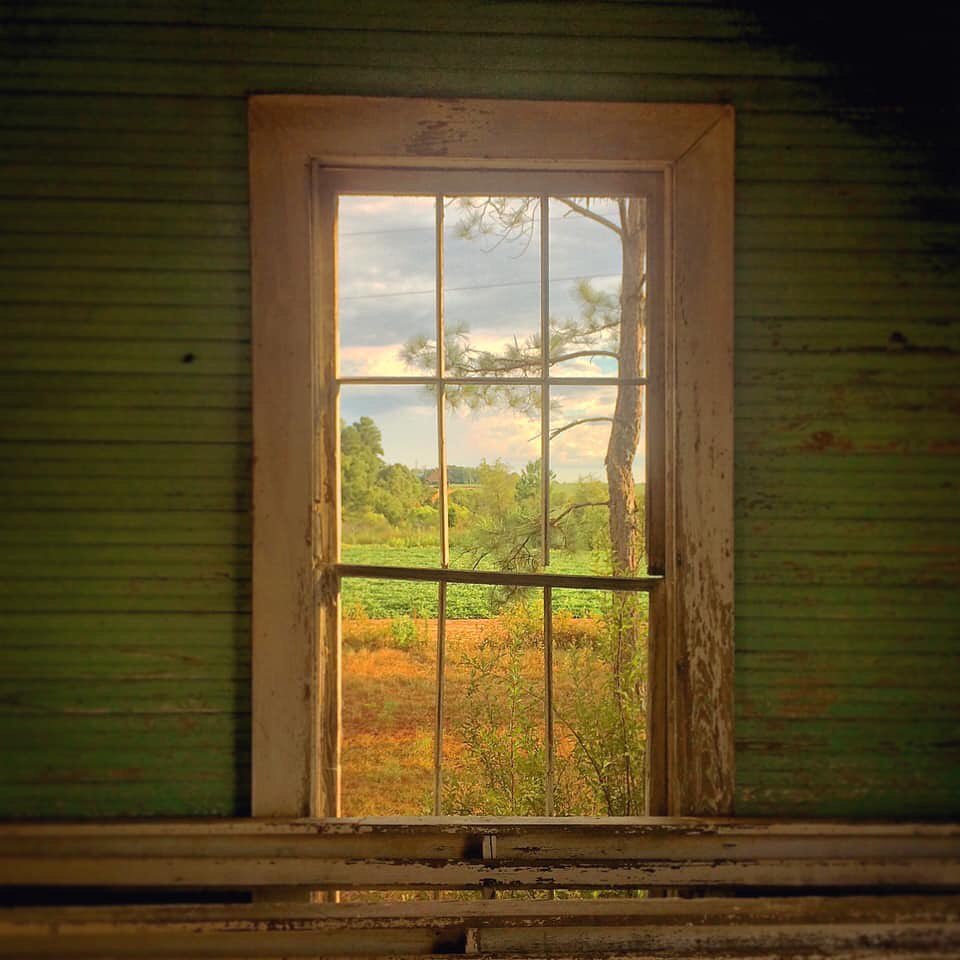
To see more abandoned architecture visit www.theforgottensouth.com
Michael Maynor
I am a proud native of North Carolina with a deep love for the sporting lifestyle and everything Southern. My book collection seems to grow endlessly, and I have a particular fondness for collecting vintage duck decoys. Despite appearing content, my heart longs to return to Africa for another safari adventure. John 3:16


You May Also Like

The Battle of Hayes Pond
January 19, 2024
A Carolina Christmas…in the Southern uplands
December 17, 2020

One Comment
Edgar Castillo
What a great and interesting read! Like the historical connection.